 Technology
Technology  Technology
Technology  Humans
Humans 10 Everyday Human Behaviors That Are Actually Survival Instincts
 Animals
Animals 10 Animals That Humiliated and Harmed Historical Leaders
 History
History 10 Most Influential Protests in Modern History
 Creepy
Creepy 10 More Representations of Death from Myth, Legend, and Folktale
 Technology
Technology 10 Scientific Breakthroughs of 2025 That’ll Change Everything
 Our World
Our World 10 Ways Icelandic Culture Makes Other Countries Look Boring
 Misconceptions
Misconceptions 10 Common Misconceptions About the Victorian Era
 Mysteries
Mysteries 10 Strange Unexplained Mysteries of 2025
 Miscellaneous
Miscellaneous 10 of History’s Most Bell-Ringing Finishing Moves
 Technology
Technology Top 10 Everyday Tech Buzzwords That Hide a Darker Past
 Humans
Humans 10 Everyday Human Behaviors That Are Actually Survival Instincts
 Animals
Animals 10 Animals That Humiliated and Harmed Historical Leaders
Who's Behind Listverse?

Jamie Frater
Head Editor
Jamie founded Listverse due to an insatiable desire to share fascinating, obscure, and bizarre facts. He has been a guest speaker on numerous national radio and television stations and is a five time published author.
More About Us History
History 10 Most Influential Protests in Modern History
 Creepy
Creepy 10 More Representations of Death from Myth, Legend, and Folktale
 Technology
Technology 10 Scientific Breakthroughs of 2025 That’ll Change Everything
 Our World
Our World 10 Ways Icelandic Culture Makes Other Countries Look Boring
 Misconceptions
Misconceptions 10 Common Misconceptions About the Victorian Era
 Mysteries
Mysteries 10 Strange Unexplained Mysteries of 2025
 Miscellaneous
Miscellaneous 10 of History’s Most Bell-Ringing Finishing Moves
Top 10 Misconceptions About London
Who hasn’t dreamed of a citybreak in London at some point? It is, after all, one of the world’s most visited cities—attracting over 19 million international visitors in 2016. The home of some major global attractions, like Big Ben, the Natural History Museum and the London Eye, London is one of the world’s greatest cities. It’s just a shame that it’s full of miserable people, British food and bad coffee. And doesn’t it rain there all the time?
Despite London’s global fame, far too many people still believe some pretty big misconceptions about the UK’s capital. Some of them were true decades ago, some are simply misunderstandings and others just seem to be total rumors, as false now as they ever were. We’d hate for you to be put off going to London based on a simple misconception, so today we’re setting the record straight and telling you the truth about ten of the things most people get wrong about London!
See Also: Top 10 Most Gruesome Things Hidden Under The Streets Of London
10 Coffee and Tea
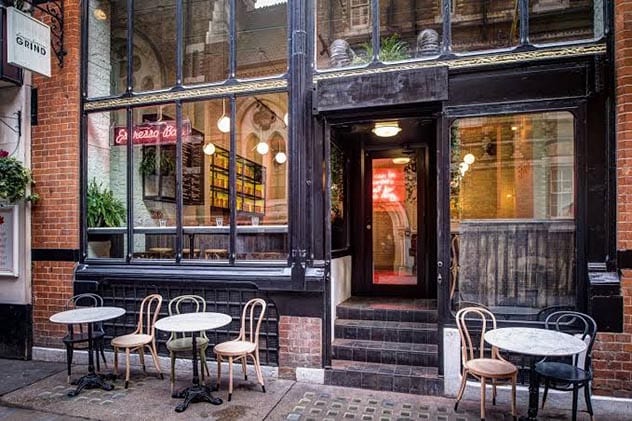
Let’s start with the one that puts a lot of American visitors off: the myth that good coffee is impossible to find in London. This one may have been true a couple of decades ago, but the London coffee scene is much more impressive now than it was in 2000. Major coffee chains like Starbucks, Cafe Nero and Costa Coffee can be found on almost every street corner, just like in any other major global city. In fact, both Europe’s largest coffee chain, Cafe Nero, and the world’s second biggest chain, Costa, have their headquarters in London.
Until recent times, those looking for a more specialist coffee experience would have to make a detour to the Continent, but London’s independent and mini-chain coffee scene has grown enormously in the last decade. There are now hundreds of specialist stores dotted across the capital offering thousands of unique coffee concoctions (and providing jobs to many barista millennials), enough to satisfy even the most discerning connoisseur. So no, you won’t be starved of coffee if you find yourself in London![1]
9 Bad Food
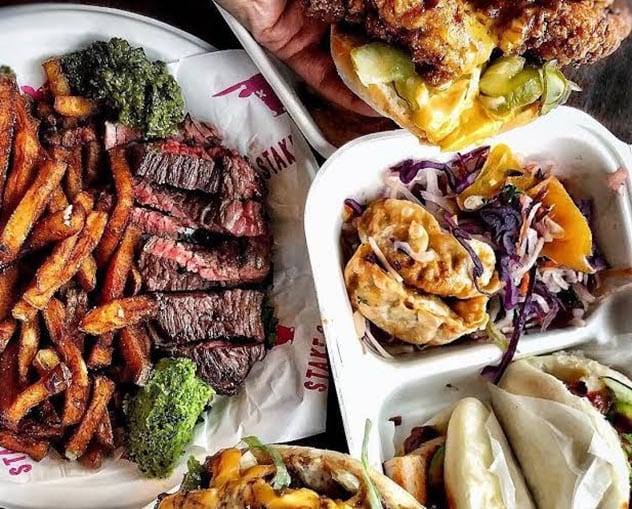
Britain is infamous for having bland and boring food, so many people think eating in London must be no different. It’s not hard to see why: one of London’s traditional dishes, for instance, is the London Particular. What is it? Well, it’s basically a really thick pea and ham soup—thick enough to stand a spoon in. Yeah.
Fortunately for us, modern-day London is a thoroughly global city. There are thousands of restaurants, from cheap take-outs to Michelin-star restaurants, covering practically every culinary tradition you can think of. But to find London’s best food, you’ll have to take to the street.
London has a centuries-long history of innovative street food that dates all the way back to Medieval times. Back then, most of the city’s labourers would go to a bakery on their break, where they would find everything from doughnuts to meat pies. Today, London’s street food is some of the best in the world—heavily influenced by the city’s diverse population. In modern London you’re just as likely to find a local stopping to grab a pot of curry as you are a chicken sandwich![2]
8 Unfriendly People

Ask people around the world what British people are like, and you’ll get a pretty similar response: they’re quiet, they’re reserved, they’re unfriendly, and so on. And Londoners in particular have a bad reputation—even other Brits will say that people in London are rude!
In reality, Londoners aren’t any more unfriendly than anyone else in Britain—or most people in the world, for that matter. A test performed on London’s streets showed that, when faced with an old lady who needed help with her bag, or a woman who had her groceries knocked out of her hands, nearby people were quick to intervene and offer assistance. So no, it’s not that Londoners are unfriendly, but they are in a rush most of the time. London is a fast-paced, global city, and most people who are out in the day are going somewhere in a hurry. This might mean they forget to say sorry as they push past you in the station, but meet them after work hours and they’ll be totally different![3]
7 Cramped and Dirty
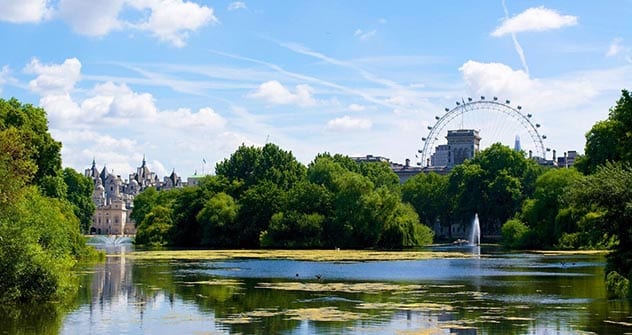
In 1952, the Great Smog descended on London, killing thousands. It was the worst air pollution event in British history, and news of it spread across the world. It led to new government regulations and a plan to cut the city’s pollution levels, but the city’s reputation was permanently damaged. To the rest of the world, London was known as a dirty, old-fashioned Victorian city, struggling to meet modern standards of cleanliness.
This reputation persists today, though it is entirely untrue. While studies have shown that London’s air still affects people’s health, it is relatively clean by modern standards. In fact, London doesn’t even make it into the World Health Organization’s list of the top 500 most polluted cities. In short, visitors to the city have nothing to worry about when it comes to air quality!
Perhaps more shockingly, London is one of the greenest cities on Earth by area. 47% of the city is green space, so almost half is covered by parks, woodland and other open areas—enough for some people to say that the Greater London Area should be turned into a national park.[4]
6It Never Sleeps
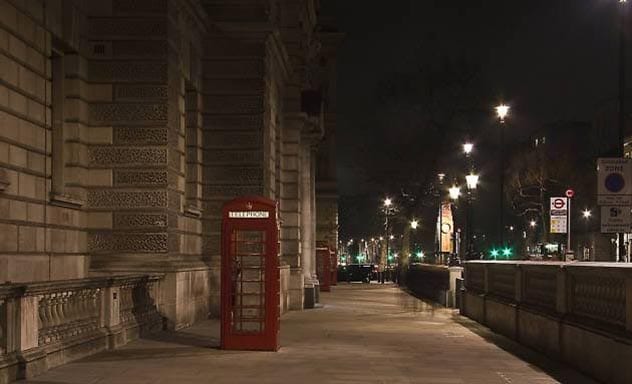
When someone refers to “the city that never sleeps”, they’re usually referring to New York. In recent years, though, the phrase has also been applied to the British capital, leading to the idea that London is a busy place with a boisterous nightlife—and not the place to go if you have kids with you!
There is some truth to this. Like any other city, London can be boisterous—especially at the end of the week, when the city runs all-night bus services. The famous London black taxis work all hours, and many London clubs don’t close until 3am or 4am. But even in central London, the Tube and regular bus services end at midnight and don’t start up again until the early morning. Most pubs close before midnight and at that point, the vast majority of Londoners will be heading to bed. In London’s quieter outer boroughs, you could even forget you’re in a city at all![5]
5 It’s Expensive
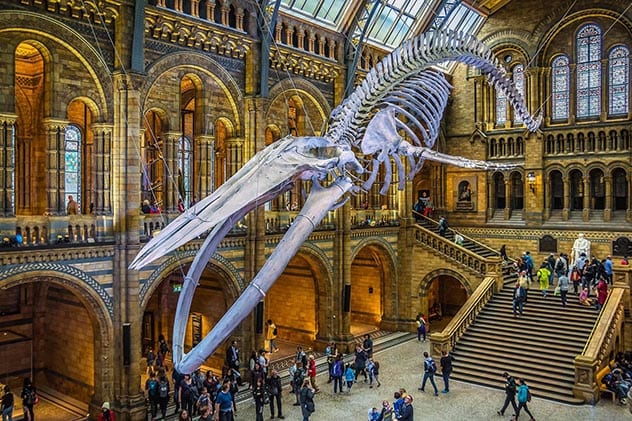
London is expensive. It is actually one of the most expensive cities in the world… if you want to live there. Rent for an average three-bedroom apartment in central London stretches above £5000 ($6,450), way outside the pay range of most British adults. The rumours of London’s high prices put many people off, but it is possible to enjoy London on a small budget. You don’t even have to look too hard!
You can have a day out in London and hardly spend any money: Most of London’s world-leading museums are free to enter, as are its fantastic art galleries and parks. And the places which do charge admission aren’t too expensive: a ticket to visit Kew Gardens, the world-leading botanic garden, is just £12 ($15.50). There are thousands of pubs and restaurants in the capital which aren’t any more expensive than they are in the rest of Britain. If you’re willing to take a risk, you can find food for mega-cheap. Ask around, the locals will quickly tell you the best places. Just don’t expect to find much budget food in Kensington or Chelsea.[6]
4 No-Go Zones
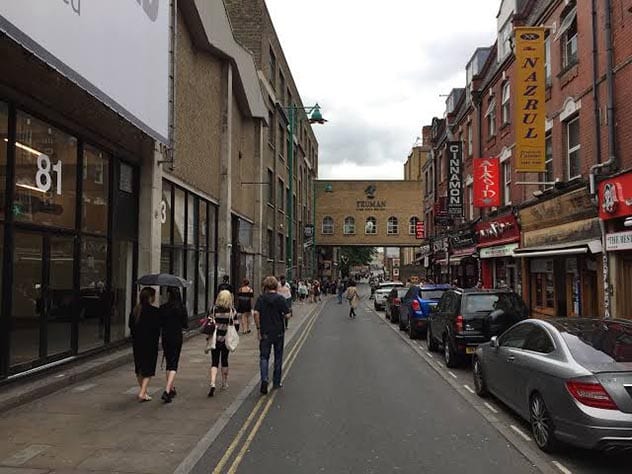
Unfortunately, one of the more recent misconceptions about London is that some areas of the city are ‘no-go zones’, places where so-called ordinary Londoners—even members of the police—never go. In extreme cases, some conspiracies say these are places where British law is ignored and locals are forced to follow Sharia Law by Muslim councils.
While all cities have areas that are best avoided at night, the idea that parts of the capital are too dangerous for the Metropolitan Police to visit are false, despite the ramblings of some people on the internet. This misconception became widespread in 2016, when Donald Trump claimed there were no-go zones in London. This was rejected by then-mayor Boris Johnson, who said “London has a proud history of tolerance and diversity and to suggest there are areas where police officers cannot go because of radicalisation is simply ridiculous. Crime has been falling steadily in both London and New York—the only reason I wouldn’t go to some parts of New York is the real risk of meeting Donald Trump.”
Just to prove it, a British man accepted a Reddit challenge to walk through one of these rumoured areas while drinking a bottle of wine. Unsurprisingly, nothing happened to him.[7]
3 The Underground Is The Only Way To Travel
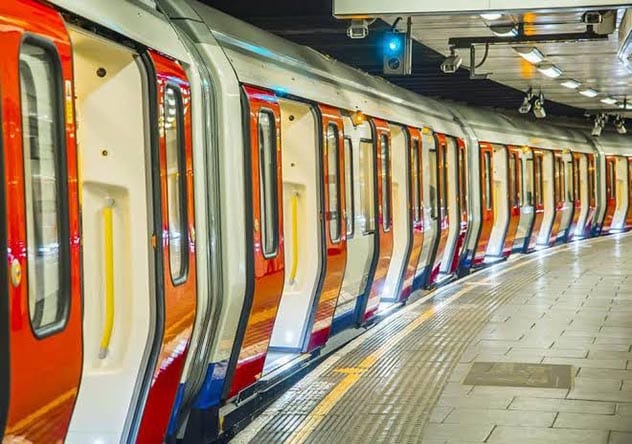
The London Underground (also known as the Tube) is one of London’s most famous landmarks. It was first opened in the 1860s, making it the oldest underground passenger railway in the world. And with millions of people using it every single day, it is also one of the world’s busiest.
On the other hand, London is—quite famously—not built on a grid, unlike many more modern cities. When the city burned down in 1666, it was actually rebuilt following the old road system, meaning that some streets in the city are hundreds of years old. This means the city is not optimised for traffic: driving through by car can be torture.
With this in mind, it’s easy to see why many people think the Tube is the only way to travel around London, but there are a wide range of other options. Take London’s famous red buses, for instance. You’ve probably seen these in old films, but they still exist: they carry millions of people across the city every day—more than any other bus network in Europe. There’s also the famous black cab service, whose drivers have to take a tough training course called The Knowledge, which teaches them the layout of London. If you prefer to get around on your own, though, your best bet are the Santander Cycles. Affectionately known as Boris Bikes, you can ride one of these bikes from one of the hundreds of stations across the city to any other station for just £3 ($3.87).[8]
2 It’s Always Wet and Cold
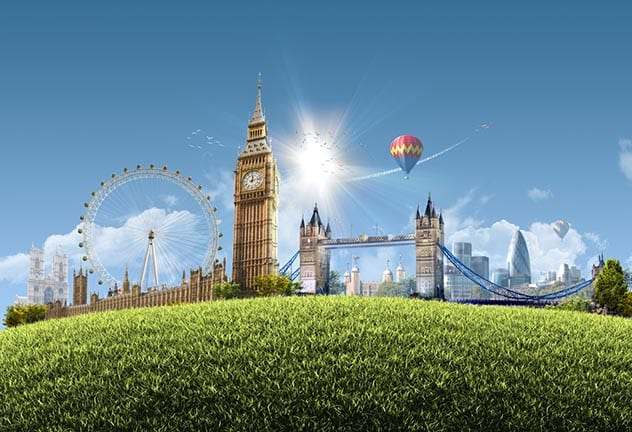
Britain is well-known for its grey weather and rainy days. So most people assume that London, as the British capital, must be no different!
Now, no-one’s going to say the UK is a warm country. Winter in Scotland and North England can be very harsh, and summer is often dominated by cloudy days. But London is in the south, and the temperatures there are much warmer. London is slightly colder than New York on average, but it still remains way above freezing through most of the winter months.
And contrary to popular belief, London is nowhere near as rainy as you might imagine. It averages around 23 inches of rain a year, almost half as much as New York! Precipitation is low through the winter, too: snow is so rare in London that, in the UK, if it snows on Christmas day in the capital, it’s known as a ‘white Christmas’.
We’re not saying you should pack just a t-shirt and shorts for your London visit, but nor will it be as dreary and wet as you expect. In the summer, you might even see a blue sky![9]
1 The City of London?
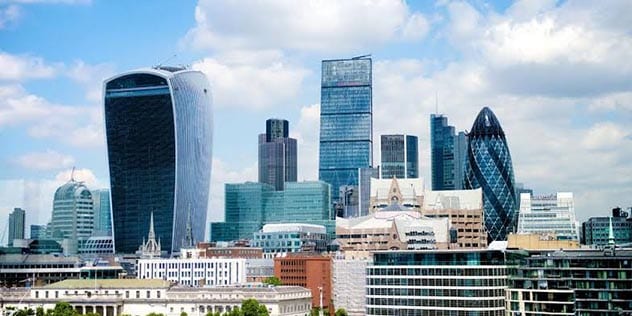
If someone told us they were going to visit the City of London, we wouldn’t bat an eyelid. But true Londoners know there’s a problem with this statement: do they mean Greater London—the hulking metropolis we’re all familiar with—or the tiny, independent local authority in the heart of London, which has a population of just a few thousand?
The smallest dot on a map covers what was Roman London. It is almost wholly independent from Greater London, having its own police force, government and mayor. So is this the true heart of Britain, the place where the big decisions are made? No, that’s the other city—the City of Westminster, which is home to the UK’s Houses of Parliament.
Does that mean the City of London is the home of London’s government, then? No. The mayor of Greater London—an entirely different position to the mayor of the City of London—governs from City Hall, which is located across the river in Southwark. It’s easy to see how even Londoners get confused by London’s inner workings!
Oh, and just to make things even more confusing: Greater London isn’t even a city. It’s a county.[10]
For more lists just like this, check out 10 Common Misconceptions About Britain, and 10 Lesser-Known Historical Mysteries From Great Britain








